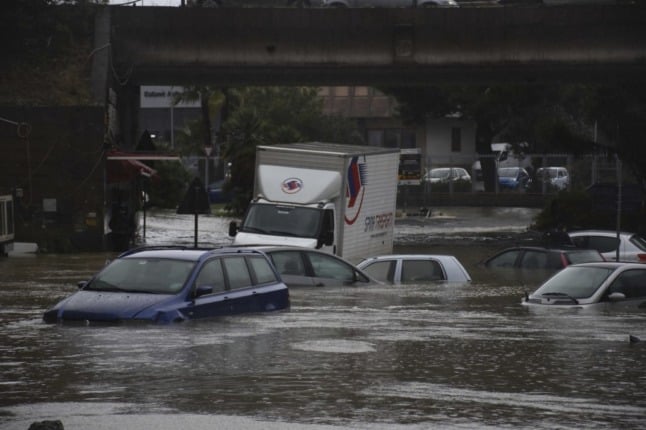Feltri sought the simple life when he left the city of Catania to set up a farm in Sciddicuni, Paternò, where he breeds animals and grows organic food.
But it appears the outsider's presence has not been welcomed by the locals.
Feltri posted a message on his Facebook page after returning home from a weekend in Catania to find his animals dead.
He said the scene reminded him of a 1950s mafia film The Godfather I. Despite the ordeal, he has vowed to stay on at the farm.
His farm is close to the Simeto river, an area targeted by local criminals for illegal dumping, the Catania version of Corriere del Mezzogiorno said.
Feltri is reported to be against illegal dumping and abusive grazing methods, which may have prompted the attack.




 Please whitelist us to continue reading.
Please whitelist us to continue reading.
Member comments